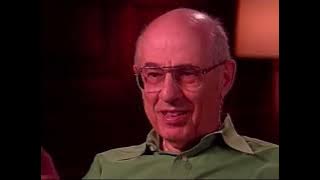Scope (formal semantics)
In formal semantics, the scope of a semantic operator is the semantic object to which it applies. For instance, in the sentence "Paulina doesn't drink beer but she does drink wine," the proposition that Paulina drinks beer occurs within the scope of negation, but the proposition that Paulina drinks wine does not. Scope can be thought of as the semantic order of operations. One of the major concerns of research in formal semantics is the relationship between operators' syntactic positions and their semantic scope. This relationship is not transparent, since the scope of an operator need not directly correspond to its surface position and a single surface form can be semantically ambiguous between different scope construals. Some theories of scope posit a level of syntactic structure called logical form, in which an item's syntactic position corresponds to its semantic scope. Others theories compute scope relations in the semantics itself, using formal tools such as type shifters, monads, and continuations. (Wikipedia).




















